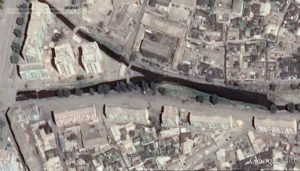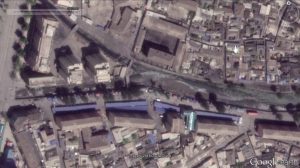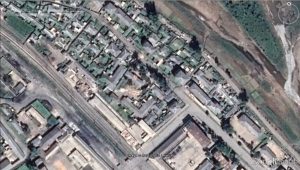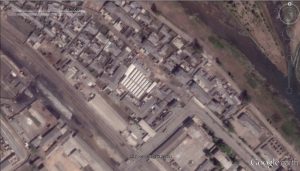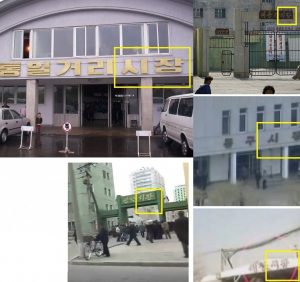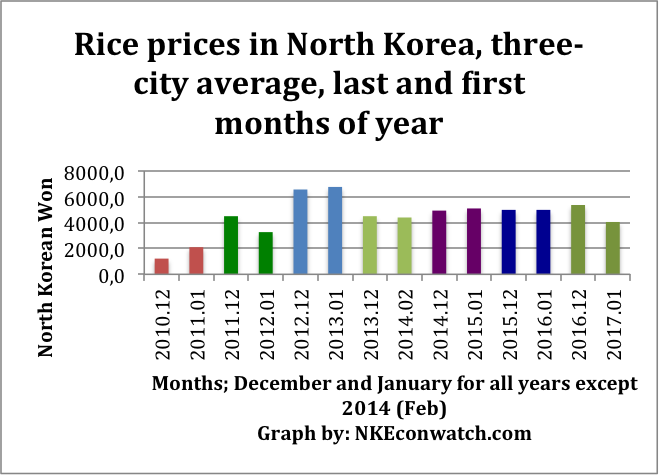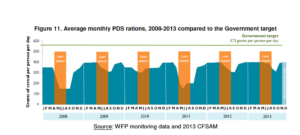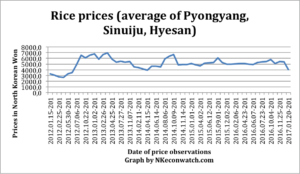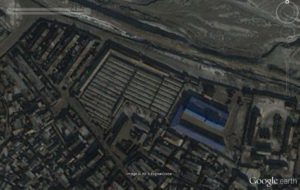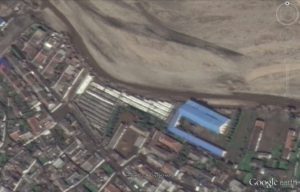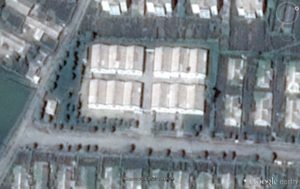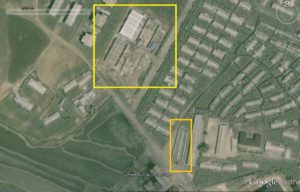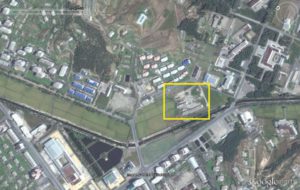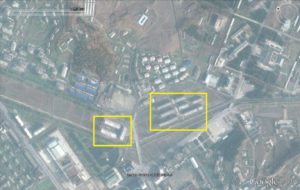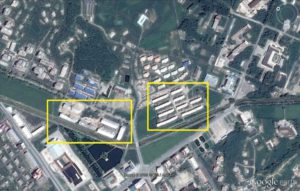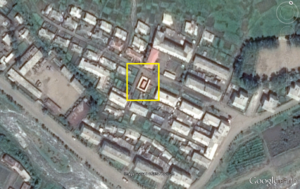Benjamin Katzeff Silberstein
As North Korea continues to reel from an unprecedented heat wave, the authorities are conducting a nationwide assessment of the damage that has been inflicted on crops as well as on-site farm visits, report sources in the country.
“The temperature has risen daily and there’s no rain, so crops all over the country are drying out,” said a North Hamgyong Province-based source on August 6. “The authorities are investigating the damage done to the agricultural fields.”
The source said that the authorities have sent investigative teams to farms throughout the country who are taking photos of the damage and sending them back to central headquarters.
The roots of the corn crops have yellowed because they have dried out from the lack of rain. North Koreans consider the agricultural season to be “finished” this year. Farmers have suffered from both the double impact of intense heat and drought.
In Musan County, where mining activities have stopped, many miners have sought to obtain land after facing significant difficulties. The intense drought has created concerns about how they will feed their families.
“There are many people saying that the ‘weather is killing us’ while beating their fists against their chest in front of their dying crops,” said a source in Ryanggang Province.
“The authorities likely wanted to show people that they are keeping an eye on things and making an effort to improve the situation.”
Officials who are part of the investigation teams, however, are reportedly saying that there is no hope in recovering from this year’s agriculture troubles.
“Officials have dwindling hope about this year’s harvest, and some even say the only thing to do is wait for the intense heat to end,” the Ryanggang-based source added.
Meanwhile, the state-run publication Rodong Sinmun has reported, “Farmers are taking it upon themselves to conduct a powerful campaign to prevent damage [to the crops] from high temperatures and drought.” The state authorities are emphasizing “self-sufficiency” as a tool to combat damage to crops, which also hints that the authorities have little in the way of clear cut measures to deal with the situation.
Article source:
Disheartened North Korean officials label this year’s harvest ‘dead in the water’
Kim Yoo-jin
Daily NK
2018-08-08

